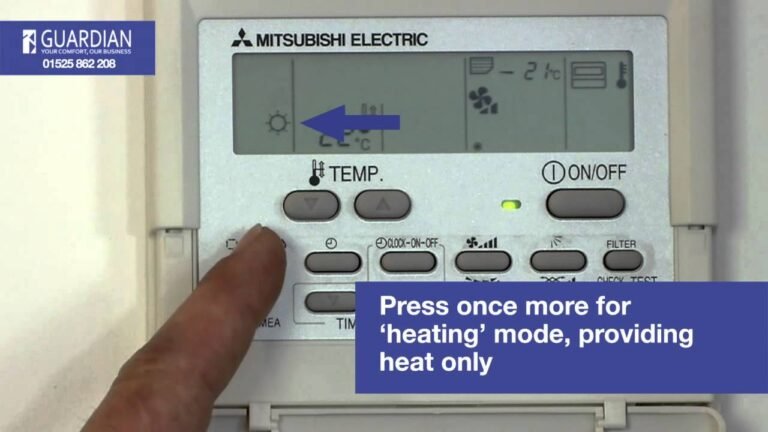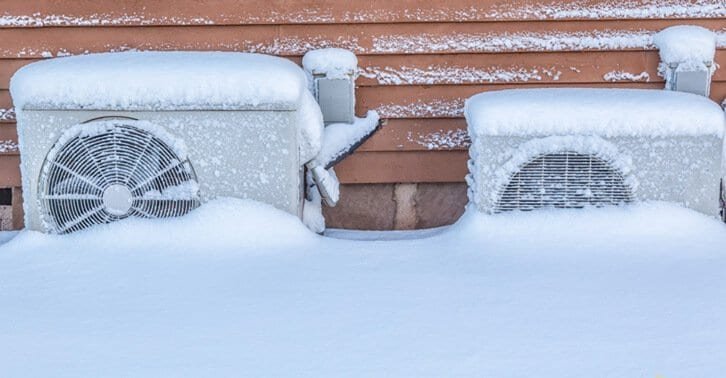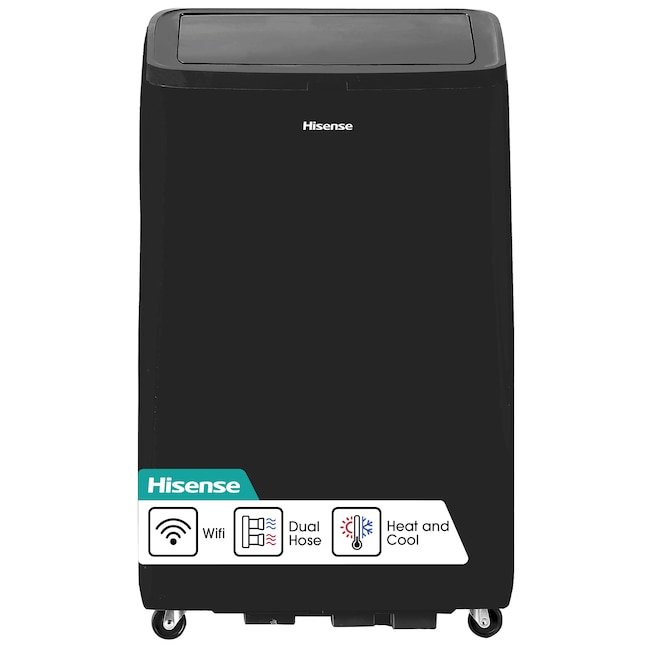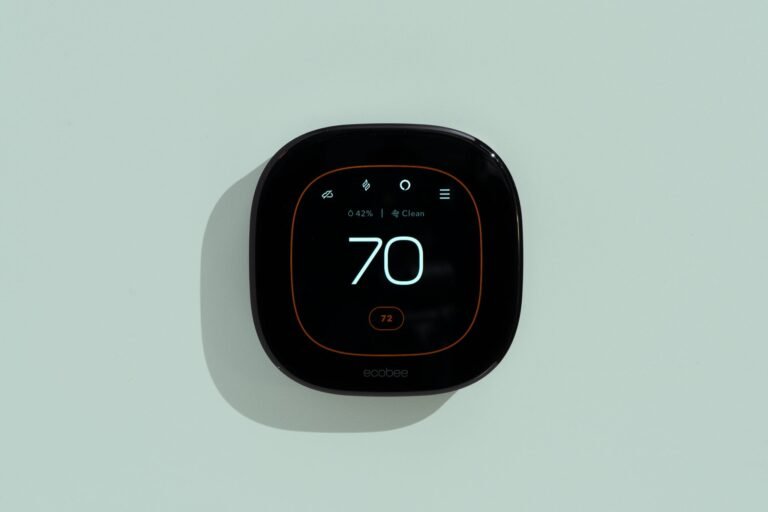How Much Uv Dye to Use in Ac: Expert Tips
To accurately determine how much UV dye to use in an AC system, add the recommended amount of dye according to the manufacturer’s instructions. The fluorescent dye is added to the system and circulated, allowing it to collect at all leak sites.
Using a UV lamp, the precise location of every leak can be identified with a bright glow. The dye can remain in the system indefinitely without affecting its components or performance. When it comes to finding and fixing leaks in an AC system, utilizing UV dye can be a highly effective method.
By adding fluorescent dye to the system and using a UV lamp, the exact location of leaks can be pinpointed with ease. However, it is crucial to use the correct amount of UV dye to ensure optimal results. We will explore how much UV dye should be used in an AC system and the benefits it provides. Additionally, we will discuss the longevity of the dye and its impact on system performance. Stay tuned to discover the best practices for using UV dye in an AC system.

Credit: www.today.com
Importance Of Uv Dye In Ac Systems
UV dye plays a crucial role in AC systems as it helps in leak detection. By adding UV dye to an air conditioning system, you can easily find small leaks that may be otherwise difficult to detect. The fluorescent dye is added to the system and circulated. The dye collects at all leak sites, making them visible under a UV light. This makes it easier to identify and repair leaks, saving time and money on costly repairs.
The benefits of using UV dye for leak detection in AC systems are numerous. It allows for quick and accurate identification of leaks, ensuring efficient operation of the AC unit. It also helps in preventing further damage to the system and extends its lifespan. UV dye is compatible with different types of refrigerants and can be easily added to the system during routine maintenance or repairs.
Overall, understanding the importance of UV dye in air conditioning systems and utilizing it for leak detection is essential for maintaining the optimal performance of your AC unit.
Factors To Consider For Uv Dye Quantities
When it comes to determining the appropriate amount of UV dye to use in an AC system, there are a few factors to consider. Firstly, different AC systems may have varying dye requirements. Assessing the size and capacity of the AC system is crucial in determining the correct amount of dye to add. Additionally, specific dye-to-refrigerant ratios should be considered. These ratios can vary depending on the type of refrigerant used in the AC system. It is important to follow manufacturer guidelines and recommendations when determining the appropriate amount of UV dye to use. By considering these factors, you can ensure that the AC system is properly treated with the appropriate amount of UV dye for effective leak detection.
Expert Tips For Using Uv Dye In Ac Systems
When it comes to determining the optimal amount of UV dye to use in AC systems for effective leak detection, it is important to follow the manufacturer’s guidelines closely. Using too much or too little UV dye can result in inaccurate results and make it difficult to detect leaks.
One common mistake to avoid is adding an excessive amount of UV dye, as this can lead to an over-saturation of the system and hinder leak detection. Similarly, using too little UV dye may not provide enough visibility to detect smaller leaks.
It is recommended to carefully measure and add the appropriate amount of UV dye based on the AC system’s specifications. This will ensure that the dye is evenly distributed throughout the system and increase the chances of identifying any leaks accurately.
Remember to conduct a thorough inspection of the AC system after adding the UV dye, especially under UV light, to identify any fluorescent glow indicating leak locations. By following these expert tips and adhering to the recommended guidelines, you can improve the efficiency of leak detection using UV dye in AC systems.
Step-By-Step Guide For Adding Uv Dye To Ac Systems
|
Adding UV dye to AC systems is an important step in detecting leaks and ensuring proper functioning. Before injecting the UV dye, it is crucial to prepare the AC system. This involves hooking up the gauge, pulling a vacuum on the entire system, shutting off valves, and disconnecting it from the vacuum pump. Once the system is prepared, the correct amount of UV dye must be injected. It is recommended to carefully follow the product instructions to ensure the right dosage. The dye should be injected into the AC system while it is running to allow for proper circulation. Injecting UV dye into the AC system can help in detecting and locating leaks. It is recommended to use a UV light to inspect the system. The dye will collect at all leak sites, making it easier to identify the precise location of each leak, which will glow under the UV light. Always remember to read the product instructions, check for leaks, and assess the damage before adding UV dye to your AC system. This will ensure a successful leak detection process and help maintain the optimal performance of your AC system. |
Detecting Ac System Leaks With Uv Dye
When it comes to detecting AC system leaks, using UV dye can be highly effective. By adding UV dye to the air-conditioning system, you can easily find small leaks that might be difficult to detect otherwise. UV lights are used to inspect the system for any traces of the dye, making it easier to locate the leaks accurately.
Inspecting the AC system for UV dye traces involves hooking up the gauge, pulling a vacuum on the entire system, shutting off valves, disconnecting from the vacuum pump, and setting the can down on a cool part of the engine. At night, you can use a UV light to look for leaks around the engine bay and all the lines. UV dye helps in identifying even the smallest leaks, ensuring efficient repair and maintenance of the AC system.
Interpreting UV dye results is crucial in locating leaks accurately. Once the dye is added to the system and circulated, a UV lamp can be used to inspect for any fluorescent glow indicating the presence of leaks. The dye can remain in the system indefinitely, allowing for continued monitoring of any potential leaks in the future.
Frequently Asked Questions On How Much Uv Dye To Use In Ac
How Much Uv Dye To Use In Coolant?
To determine how much UV dye to use in coolant, refer to the product instructions for the specific dye you are using. The instructions will provide guidance on the appropriate amount of dye to add based on the volume of coolant in your system.
Follow the instructions carefully for best results.
How Do You Use Uv Dye In A Home Air Conditioner?
To use UV dye in a home air conditioner, add the dye to the system and let it circulate. Then, inspect the system with a UV lamp to find any leaks, which will be visible as a bright glow. The dye can remain in the system indefinitely without affecting performance.
How Long Does Uv Dye In Freon Last?
The UV dye in Freon can last indefinitely in the system without affecting its components or performance. The dye is added to the system, and when inspected with a lamp, it shows the precise location of every leak with a bright glow.
How Long Does Ac Dye Take To Work?
The AC dye can start working within minutes in small-to-medium-sized systems. However, in commercial systems, it may take a few hours for the dye to circulate completely and show any leaks. The dye can remain in the system indefinitely without affecting system performance.
Conclusion
Adding UV dye to an air conditioning system is an effective way to detect small leaks. By following the proper steps, such as hooking up the gauge, pulling a vacuum, and injecting the dye, you can easily identify leaks and assess the damage.
The fluorescent dye collects at leak sites, making them visible when inspected with a UV lamp. Remember, the dye can remain in the system indefinitely without affecting performance. So, take advantage of UV dye to efficiently find and fix AC leaks.






